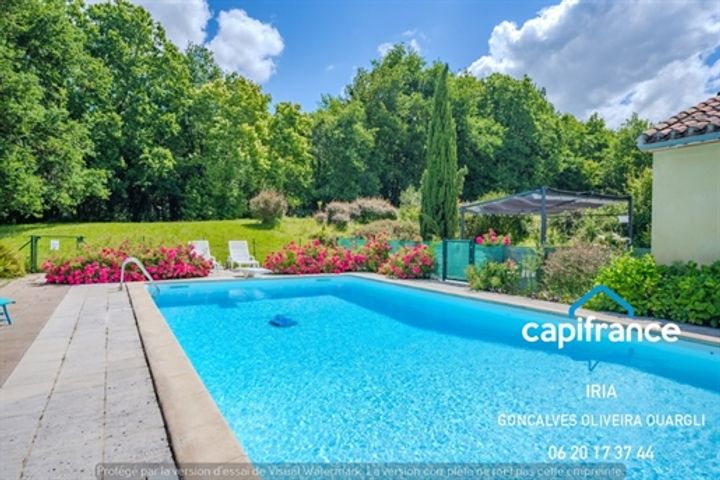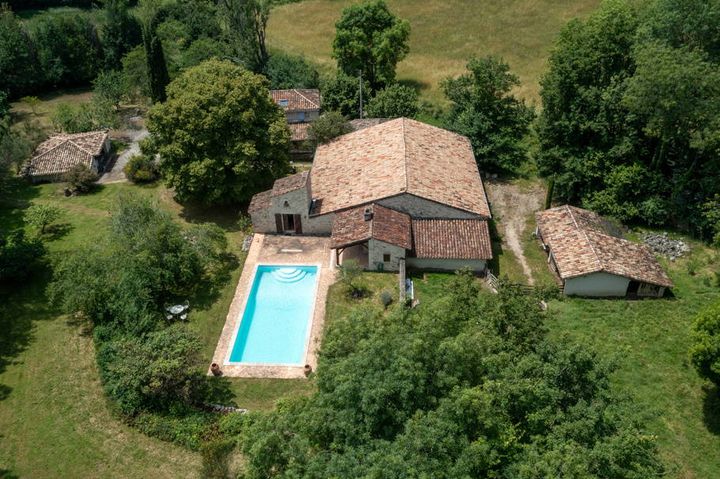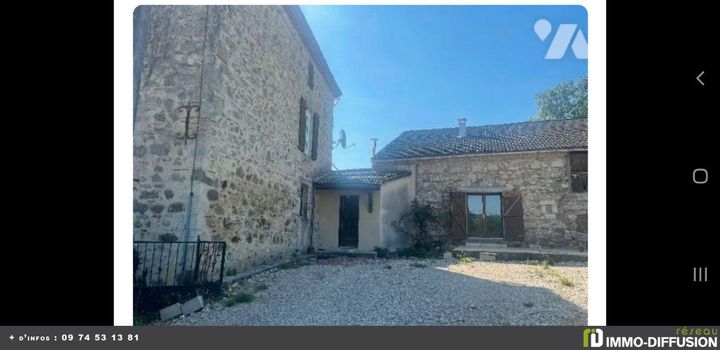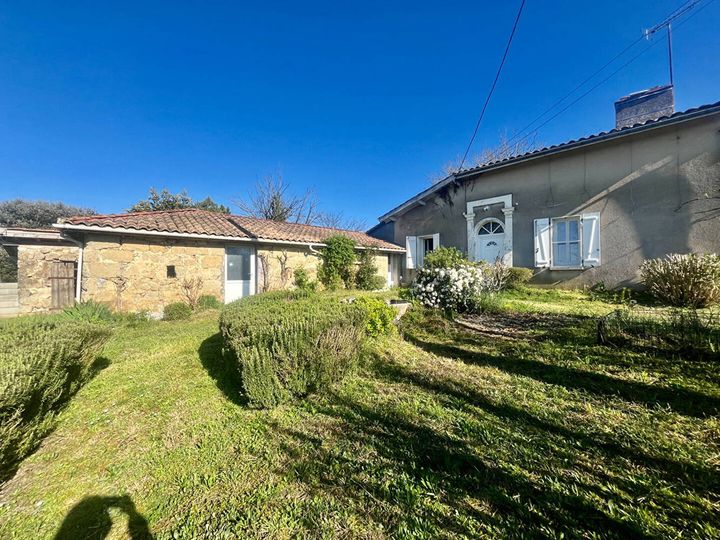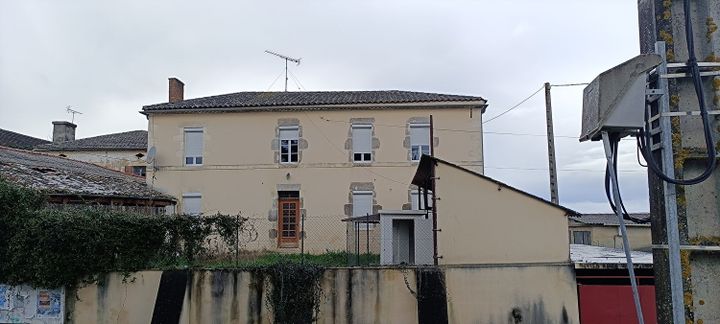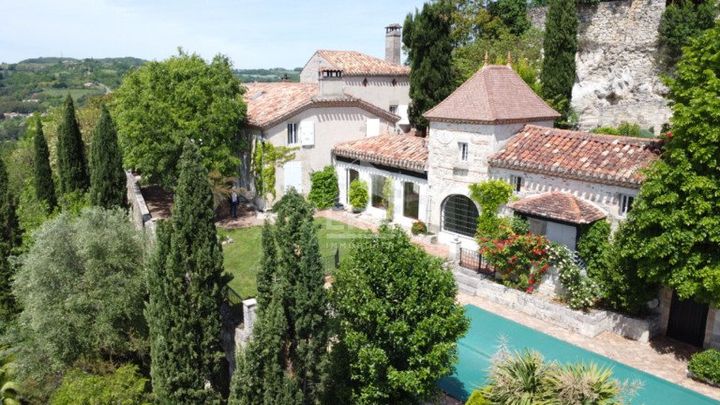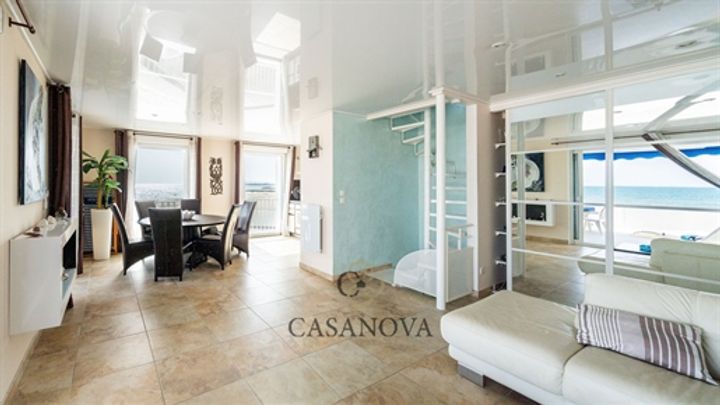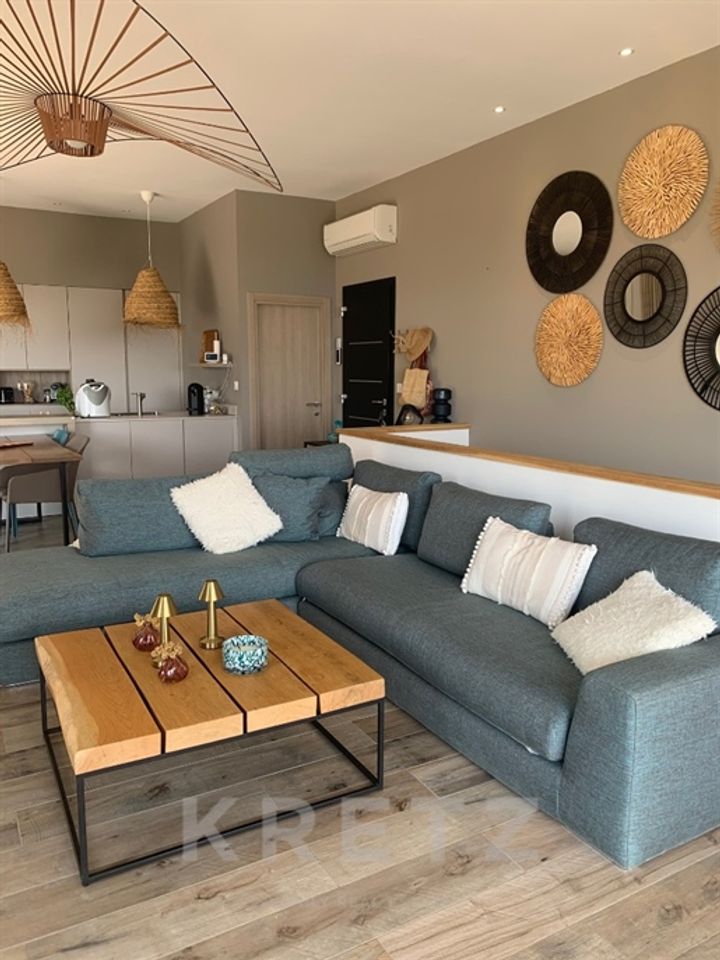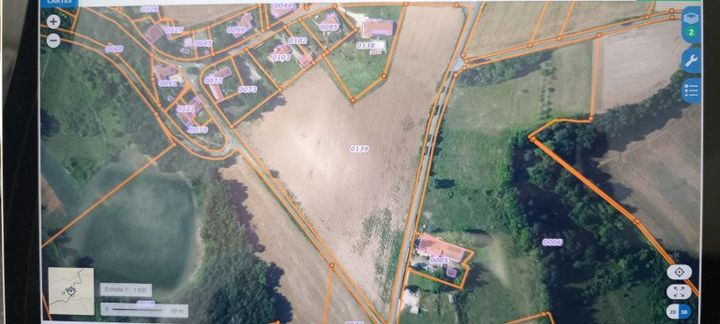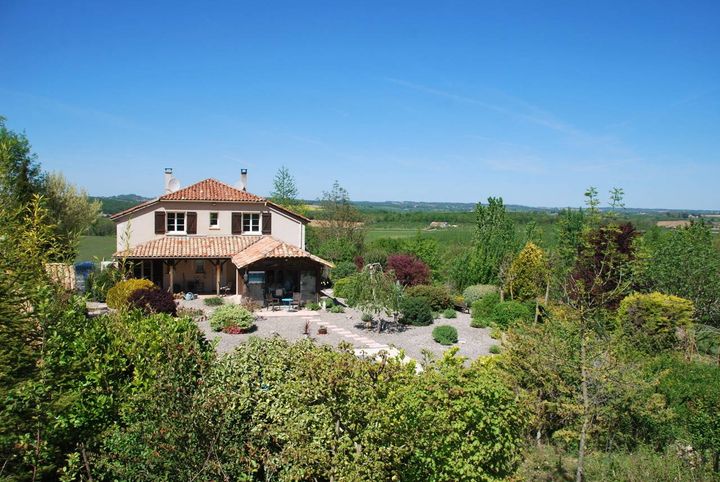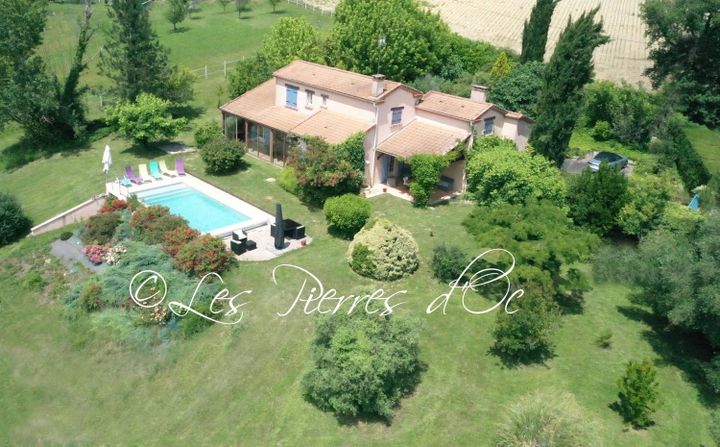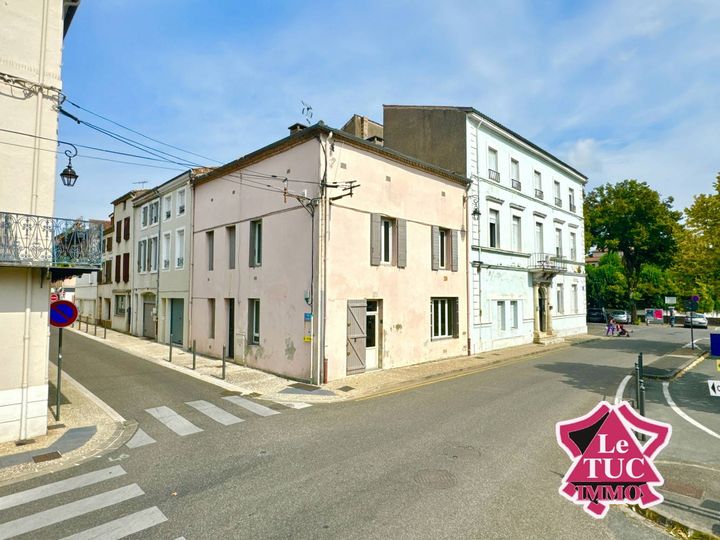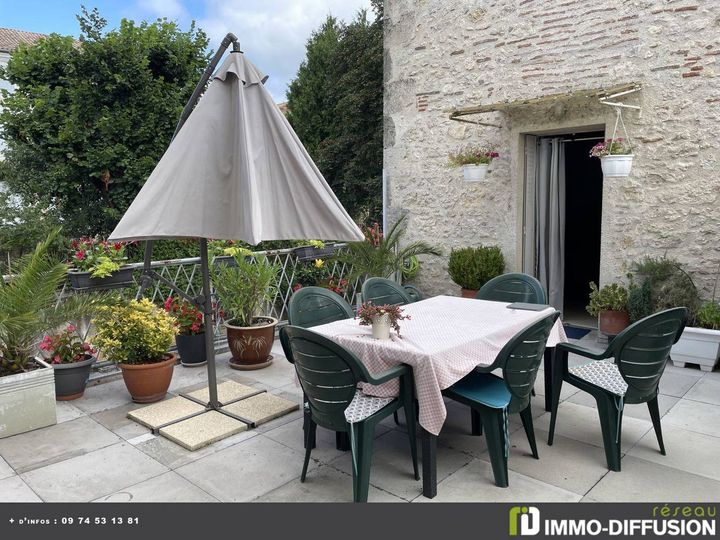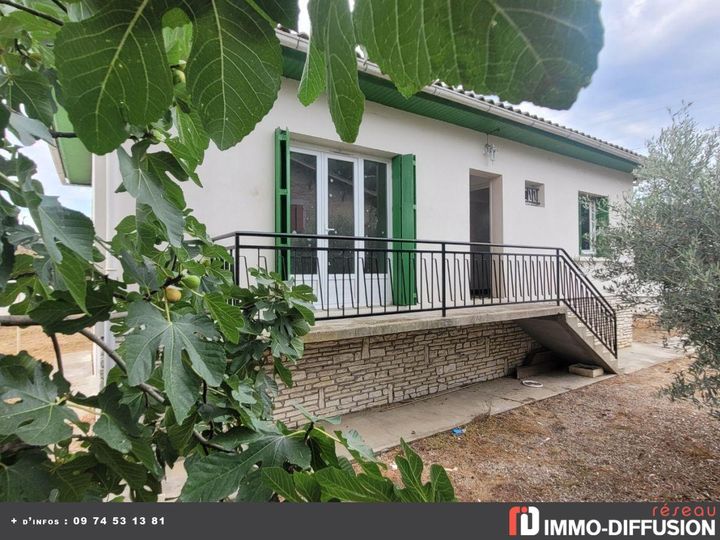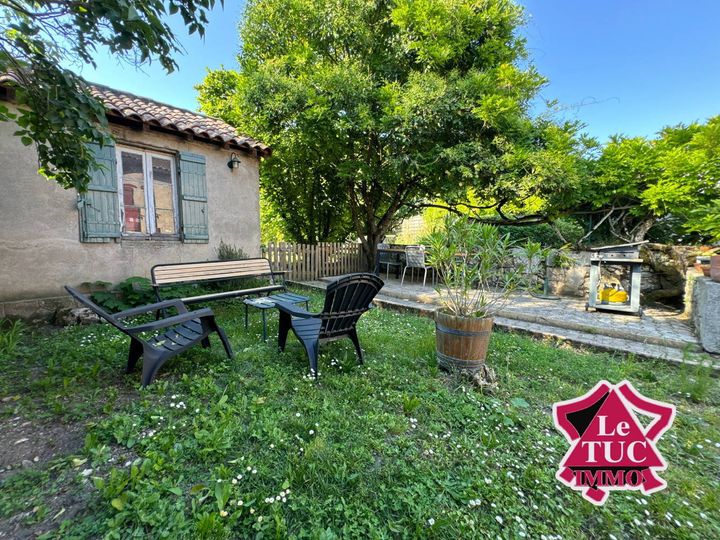Real estate prices in a lot are influenced by a variety of factors. Location is paramount; properties situated in urban areas or near popular attractions typically command higher prices than those in rural settings. Accessibility to public transport, major roads, and amenities such as schools, shopping centers, and healthcare facilities also play a significant role. For example, a lot in Paris near the Metro system might see a price premium compared to one in a less connected suburb. Additionally, the zoning regulations and land use policies can affect pricing; lots designated for commercial or mixed-use development may be valued higher due to their potential for income generation. Market conditions and recent sales data in the area can also sway prices; a spike in demand can drive up prices regardless of the inherent value of the lot itself. Finally, environmental factors, such as proximity to parks or bodies of water, can enhance desirability and influence prices, exemplified by lots along the Seine in Paris, which tend to be more valuable than those further inland.
Lot
Location
Price Range
Any price
Price Range
Minimum
No min
Maximum
No max
Property type
Show all
Property type
Show all
House
Apartment
Building
Other
Bedrooms
Any beds
Bedrooms
Minimum
No min
Maximum
No max
Surface Range
Any surface
Surface Range
Minimum
No min
Maximum
No max
Sale type
For sale
Sale type
Show all
To rent
For sale
Location
Apartments and houses for sale in Lot
574 results
Recent
Lot insights
| Aspect | Summary |
|---|---|
| Population | 10,000 |
| Average Property Price | €300,000 |
| Rental Yield | 5.5% |
| Average Rent | €1,650/month |
| Occupancy Rate | 90% |
| Capital Growth Rate | 3% annually |
| Property Tax | €2,200/year |
| Transaction Costs | 7% of property price |
| Expected ROI | 7% annually |
| Economic Growth Impact | Moderate, influenced by local industries |
Lot FAQ
What factors determine real estate prices in a lot?
How does location affect real estate prices in a lot?
Location plays a crucial role in determining real estate prices, with factors such as proximity to amenities, local infrastructure, and environmental features influencing property values. For example, urban areas like Paris exhibit higher real estate prices compared to rural regions due to access to employment opportunities, cultural attractions, and transport links. Neighborhood desirability also impacts values; areas with good schools, parks, and lower crime rates tend to command premium prices. Additionally, properties near waterfronts or with scenic views can sell for significantly more; for instance, homes along the French Riviera often reach astronomical prices due to their attractive coastal location. Conversely, properties in less developed regions or those affected by environmental hazards may see lower valuations, demonstrating how advantages and disadvantages can vary greatly across different locations.
Are real estate prices in a lot rising or falling?
In recent years, real estate prices in the Lot department of France have shown a notable trend of rising values, primarily driven by the appeal of rural living and the natural beauty of the region, which has gained popularity among both domestic buyers and international investors. For example, properties in towns like Figeac and Saint-Céré have seen significant interest, as their historical charm and proximity to the picturesque Lot River attract those seeking second homes or a quieter lifestyle. Additionally, the market for traditional stone houses has become increasingly competitive, with prices for well-maintained properties climbing due to their scarcity. Conversely, certain rural areas with less accessibility or fewer amenities have experienced stagnation, with prices either remaining flat or declining. This divergence highlights the varying dynamics within the Lot's real estate market, as demand continues to surge in more desirable locations while other parts struggle to maintain their value.
What is the average price per square foot in a lot?
The average price per square foot for a lot can vary significantly based on location, current market trends, and zoning regulations. In urban areas like Paris, prices can soar upwards of €1,000 per square foot due to high demand and limited space, particularly in central arrondissements. In contrast, rural areas or towns in the Occitanie region might see prices around €50 to €150 per square foot, reflecting lower demand and larger available properties. Additionally, the type of lot—residential, commercial, or agricultural—affects pricing. For instance, commercial lots in prime locations can command premium prices of around €400 to €800 per square foot, while agricultural lots typically range from €20 to €100 per square foot, depending on soil quality and proximity to markets. Specific examples include neighborhoods like Le Marais and Saint-Germain-des-Prés in Paris showing higher prices compared to cities like Toulouse or Montpellier, where average prices are more accessible.
How do property size and features impact prices in a lot?
Property size and features significantly influence prices in a lot by dictating both the perceived value and utility of the space. Larger lots often command higher prices due to the additional square footage that allows for more extensive residential or commercial development. For instance, a lot size of 10,000 square feet in a suburban area may be valued significantly higher than a 5,000 square foot counterpart due to the potential for a bigger home or landscape. Furthermore, specific features such as water access, views, or topography can also alter valuation. A lot with a picturesque view overlooking a lake or mountains could fetch a premium, while land prone to flooding may see diminished value. Additional amenities like existing utilities, zoning for multiple units, or proximity to essential services, such as schools and public transport, further refine the price index of a lot, often resulting in quicker sales and better return on investment for buyers.
What role do market trends play in real estate prices in a lot?
Market trends significantly influence real estate prices in a particular area. For instance, when there is a surge in demand for homes due to increased urbanization or an influx of businesses, prices typically rise, reflecting that heightened interest. In regions like Lot, where scenic beauty and historical charm attract tourists, the demand for vacation homes can drive up property values. Additionally, economic indicators such as employment rates and interest rates can alter buying power; low-interest rates often encourage more people to enter the market, pushing prices higher. Conversely, if a local industry falters or a community experiences high crime rates, demand may decline, leading to falling prices. Moreover, regional trends, such as a growing preference for sustainable living, can make eco-friendly properties more desirable, further influencing value.
How can I find historical price trends for lots in a specific area?
To find historical price trends for lots in a specific area, you can start by accessing public records available through local government offices, such as the land registry or the municipal planning department. These records often include past sales data which can help you track price fluctuations over time. Additionally, real estate websites and platforms like Notaires de France or SeLoger provide historical data along with comparable property sales in your target area. Engaging with local real estate agents can also yield valuable insights, as they often have access to proprietary market reports. Online databases like INSEE (Institut National de la Statistique et des Études Économiques) can provide socioeconomic data that might influence market trends. For example, if you’re investigating lots in Lyon, looking at the historical data from properties sold over the last decade could reveal patterns shaped by local developments or changes in zoning laws.


